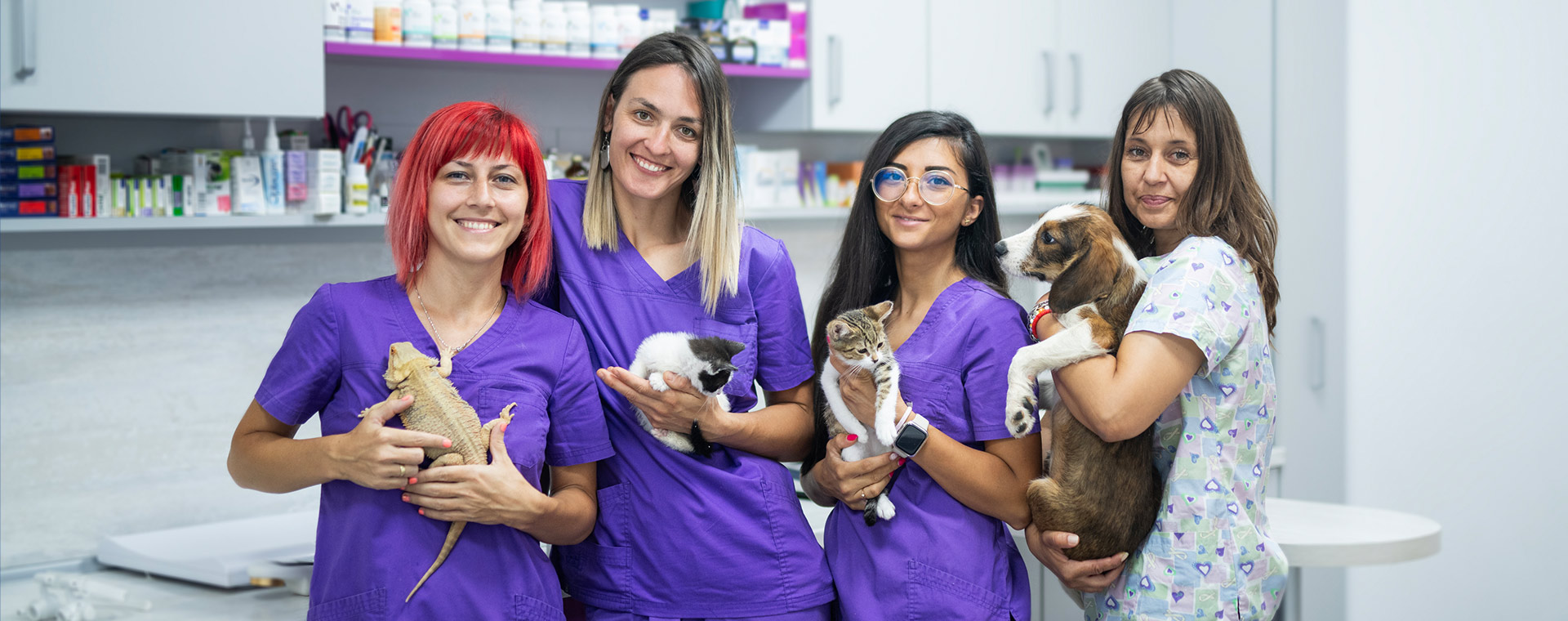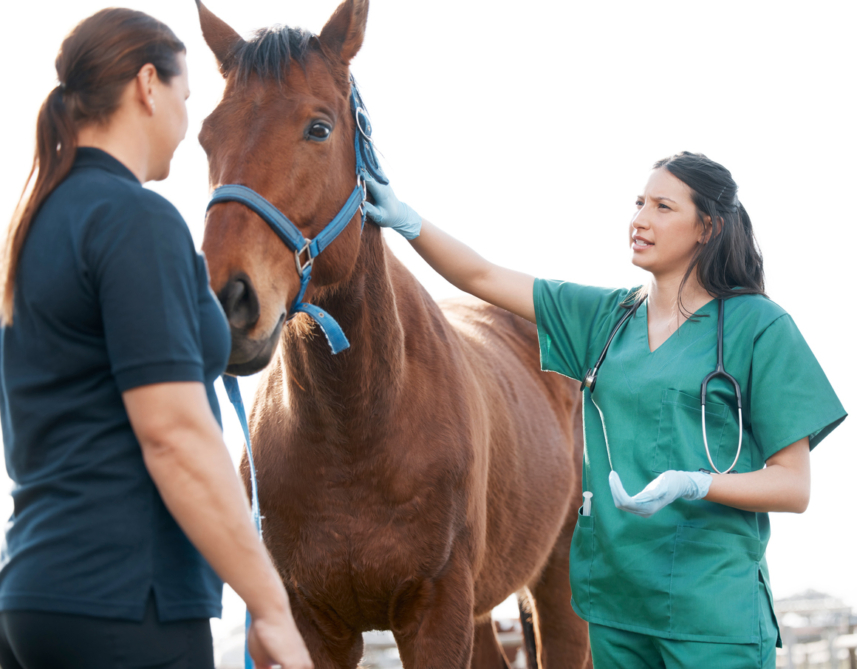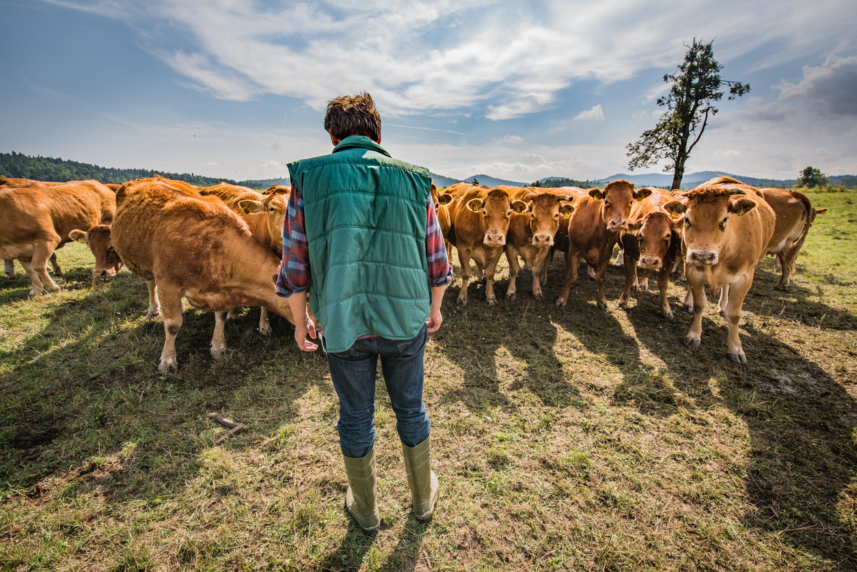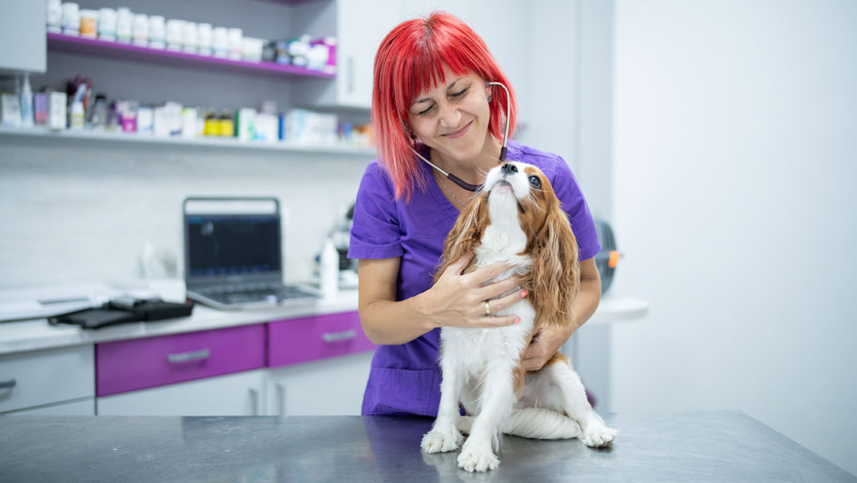
AMA's 2025 Election Priorities
AMA and its members have a long-standing commitment to an animal health industry that is responsible and sustainable. We look forward to continuing to work with government to improve animal health outcomes across the livestock, equine and companion animal sector.
Below is a copy of AMA’s 2025 Election Priorities and recommendations in PDF.
1. Creating incentives for investment in animal medicines

- Re-commitment to best practice regulation in animal health to protect regulatory rigour, including in monitoring and compliance activities, manufacturing licensing, labelling and pharmacovigilance.
- Establish a National Working Group to deliver national harmonisation of control of use for animal medicines.
- Increase data protection for veterinary medicines to at least equal those given to agricultural chemicals to provide incentives for innovation.
- $8 million over 5 years for APVMA post-market monitoring, compliance and enforcement activities.
2. Funding public and community benefits of better animal health and welfare

- $9.5 million per year to expand the Commonwealth Prac Payment to provide financial support for veterinary medicine students undertaking practical work placements in rural and regional areas
and $5.76 million per year for a Rural Bonding Scheme to forgive HECS-HELP debt to encourage early career veterinarians to practice in rural and regional areas. - Invest $10 million towards developing and implementing a pilot program for the provision of support and veterinary services for vulnerable people and their pets.
- Increase investment in emergency preparedness and response by at least $250 million per annum.
- Develop and implement a mechanism that allows for consistent secure payment for veterinary services delivered in natural disasters and to unowned animals, including wildlife.
3. Supporting livestock sector to respond to challenges from climate change, biosecurity and pandemic preparedness

- Fund Zero Net Emissions from Agriculture Cooperative Research Centre (CRC) to conduct an independent review of the benefits of animal health for inclusion in carbon accounting systems.
- Invest $6 million per annum for 3 years towards developing and implementing a coordinated approach to biosecurity and pandemic preparedness by bringing together governments, academia and relevant industries.
- Invest $11 million per annum towards expanding Australia’s comprehensive human health AMR surveillance program (AURA) to include animal health.
4. Nationally consistent companion animal policies

- Invest $8 million over 5 years towards establishing a coordinating committee comprising government, industry and community representatives to develop and implement a National Companion Animal Policy.
- Invest $5 million towards supporting the establishment and recognition of new qualifications, training programs and accreditation frameworks that directly contribute to improved pet health and welfare